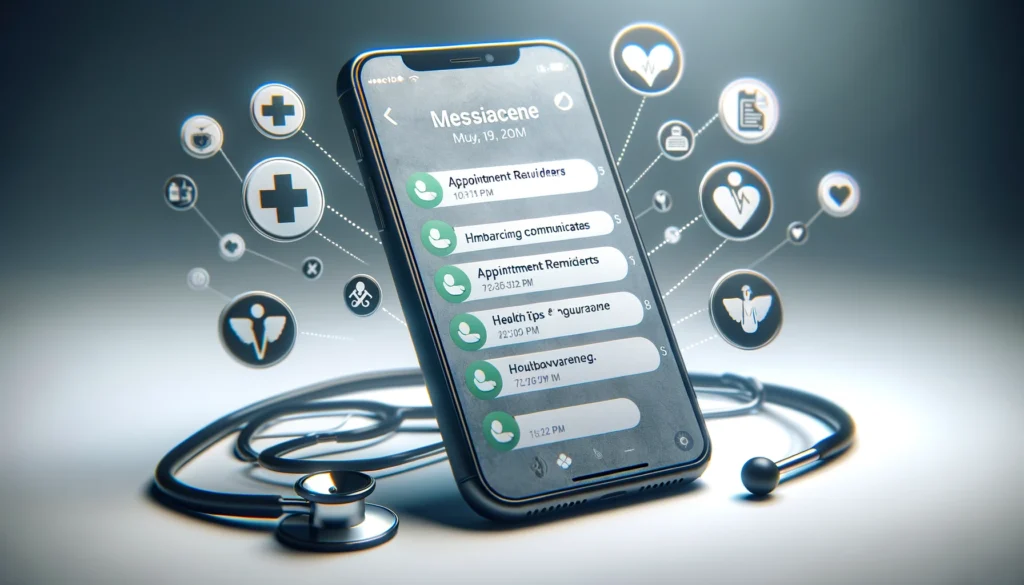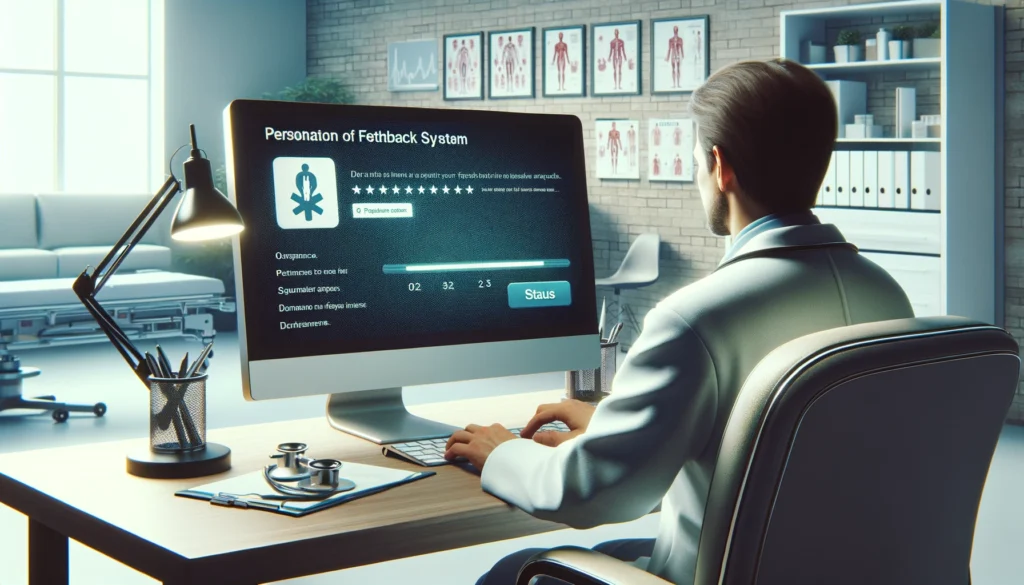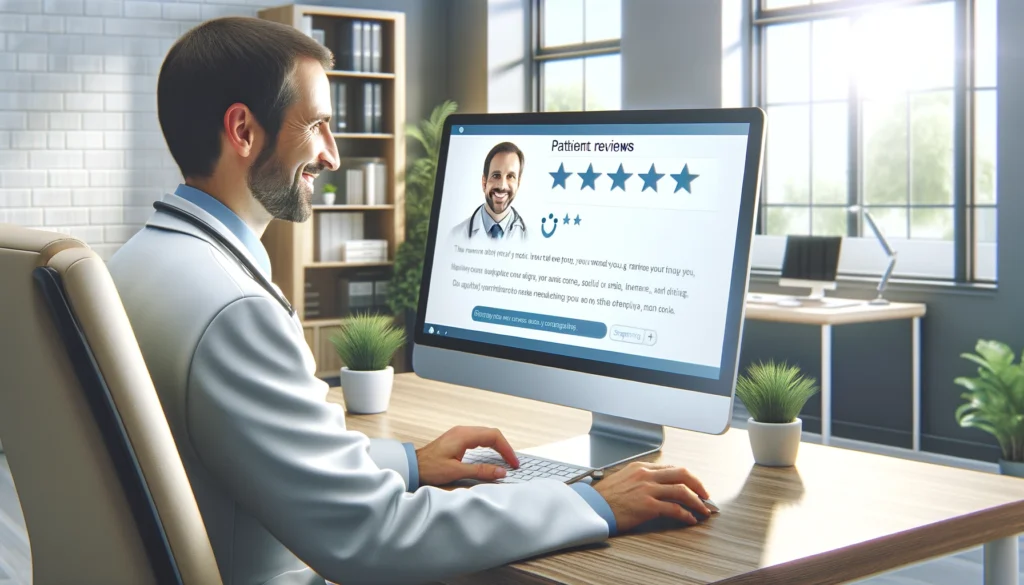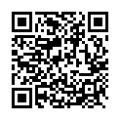A company’s voice may easily get buried in the din of an always alert and noisy digital world. However, a patient’s level of participation before, during, and after consultation is a major factor in determining their level of satisfaction. What steps are you taking to interact with patients more effectively and frequently?
Modern people are concerned about how well healthcare providers listen and respond, how convenient their services are, and how much value they offer, both in person and virtually. Thus, in terms of patient participation, what does “better” mean? It entails communicating and interacting with patients via the platforms that they choose, which are frequently mobile devices.
Take a look at these seven patient engagement tools and templates to stay in touch with your patients and hopefully get more 5 star dentist reviews.

What is a Patient Engagement Tool?
Healthcare providers are constantly seeking new and improved ways to communicate with and comprehend their patients. Through the provision of tools for education, personal health records, and patient portals, patient engagement tools enhance the relationship between patients and physicians. It even aids in review collection, which raises a practice’s Google rating.
These tools not only improve patient happiness but also help clinicians manage online reviews and expedite clinical procedures. What was the outcome? They enable a more prosperous practice by saving time and money.

Key Characteristics of Patient Engagement Tool
- Reminders and Scheduling of Appointments: Online scheduling, rescheduling, and cancellation of appointments are simple for patients. Automated reminders alert patients about forthcoming appointments and help decrease no-show rates.
- Safe Communication: This function facilitates direct communication between patients and medical professionals, allowing for prompt inquiries, follow-up inquiries, and ongoing care even when the patient is not in a clinical setting.
- Health Record Access: Patients are encouraged to be transparent and have a better understanding of their health status by having access to their lab results, treatment plans, and medical information at any time.
- Telehealth Proficiencies: Patient engagement software enables healthcare to be accessed from the comfort of home through video consultations and remote monitoring, which is essential for people with mobility issues or who live in distant places.
- Teaching Materials: Provide patients with trustworthy information regarding their ailments, medical interventions, and preventative advice. This encourages proactive health management and well-informed decision-making.
- Comments and Polls: For healthcare services to continuously improve, patient feedback must be gathered. Data collection and analysis tools for patient satisfaction are frequently included in this software.
- Processing Payments and Invoicing: These platforms streamline the financial aspects of healthcare by offering choices for online bill viewing and payment, resulting in a more convenient and transparent process.

7 Tools That Can Help You Improve Patient Engagement
1. Utilize Social Media
Social media platforms serve as a dynamic conduit for healthcare providers to connect with their patient base. With individuals spending an average of 2 hours and 24 minutes daily on these platforms, the potential for engagement is substantial. The strategic selection of platforms—whether Facebook, Instagram, LinkedIn, TikTok, Twitter, Snapchat, Pinterest, or YouTube—depends on the target audience and the nature of the healthcare practice.
Engagement metrics such as likes, comments, shares, mentions, reviews, and direct messages provide quantifiable insights into the effectiveness of social media strategies. For instance, utilizing a platform like Hootsuite Healthcare allows providers to monitor these engagement metrics closely, offering a clear picture of how well content resonates with the audience and the overall impact on patient engagement.

2. Text Messaging to Enhance Communication
Text messaging stands out for its exceptional open and response rates, nearly hitting the 100% mark. This makes it a preferred channel for 90% of patients when interacting with healthcare services. The immediacy and convenience of texting—used for appointment reminders, health tips, feedback requests, and more—significantly improve patient engagement and satisfaction. The staggering 98% open rate of text messages underscores their effectiveness, ensuring that important health communications are seen and acted upon by patients, a stark contrast to the often-overlooked email communications.
3. Personalized Feedback Requests
The approach to soliciting patient feedback via personalized text messages post-appointment is crucial for garnering meaningful insights into the patient experience. Timing these requests appropriately and tailoring the messages to individual patients can drastically improve the response rate and quality of feedback received. This direct form of communication not only demonstrates a provider’s commitment to patient care but also offers actionable data to enhance service delivery, based on patient responses and satisfaction levels.
4. Patient Satisfaction Surveys
Patient satisfaction surveys are instrumental in assessing the quality of care and patient experience. A focus on patient satisfaction is not just about improving service quality; it’s also linked to financial performance, with 84% of companies reporting increased revenue after enhancing their customer experience. The fact that patients are 298% more likely to complete surveys sent via text than respond to phone calls highlights the effectiveness of digital communication methods in engaging patients and gathering valuable feedback.

5. Online Reviews for Businesses
In the digital age, the search for healthcare providers often begins online, making online reviews a crucial element of a practice’s visibility and reputation. Encouraging patients to leave reviews via text message not only provides another touchpoint for engagement but also enhances the practice’s search engine ranking. The correlation between a high volume of positive online reviews and improved search engine visibility is significant, underlining the importance of active online review management in attracting new patients and building trust.
6. Active Engagement on Review Sites
The role of review sites in patient engagement extends beyond mere visibility. With 97% of patients reading both reviews and providers’ responses, active participation on these platforms is essential. Responding to reviews and updating practice information helps shape the first impression for potential patients and strengthens the relationship with current ones. This active engagement not only impacts a healthcare provider’s online reputation but also demonstrates a commitment to transparency and patient satisfaction.

7. Healthcare Education
The demand for reliable healthcare information is evident in the over 1 billion health-related Google searches conducted daily. By creating educational content through blogs, podcasts, and social media, healthcare providers can meet this demand, engaging patients and establishing themselves as authoritative sources of health information. The ability to reach a broad audience with educational content—especially when shared on social media or found via Google—enhances patient engagement, offering valuable information that can inform and empower patients in their healthcare journey.

Conclusion
The integration of digital tools and templates into healthcare practices presents a formidable opportunity to enhance patient engagement. Through strategic use of social media reviews, text messaging, personalized feedback, patient satisfaction surveys, online reviews, active engagement on software review sites, and healthcare education, providers can significantly improve the quality of patient care and satisfaction. In the digital age, these tools are indispensable for healthcare providers aiming to meet the evolving expectations of their patients and improve overall patient engagement.







